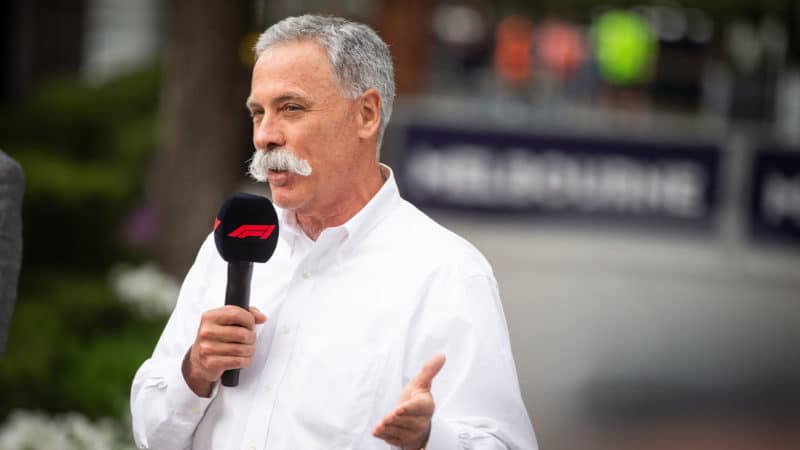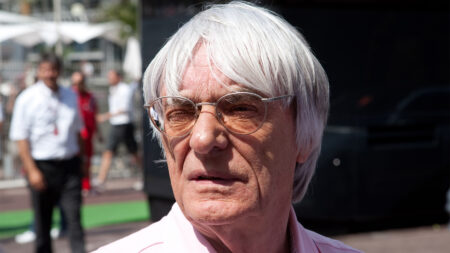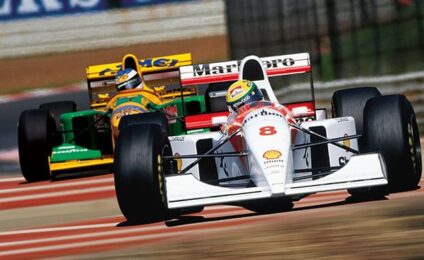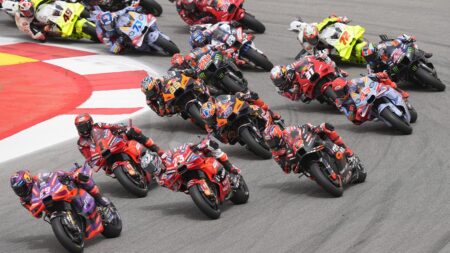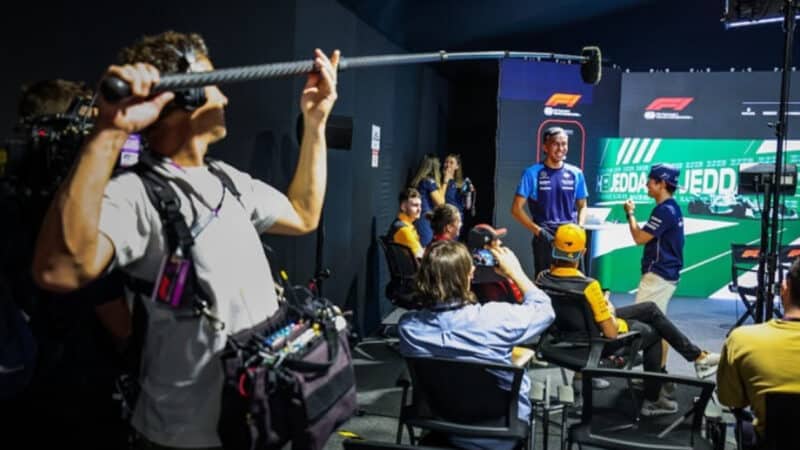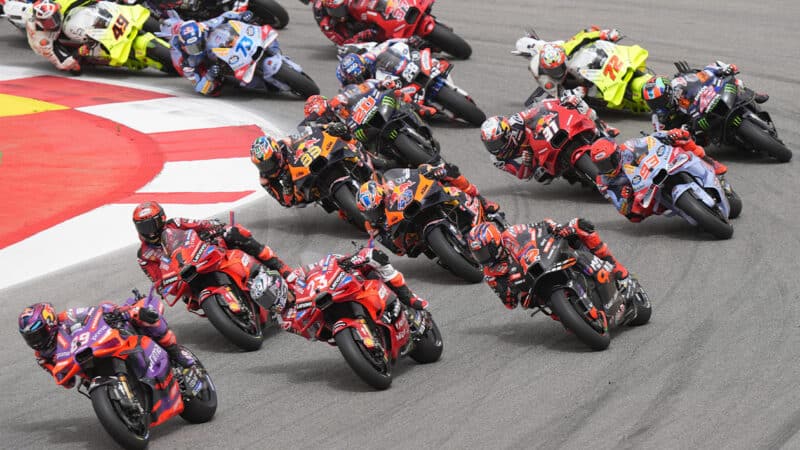Up until 1981, FOCA had battled the Fédération Internationale du Sport Automobile (FISA) over control of F1’s TV rights, the subsidiary arm of the FIA. Disagreements between the two organisations often spilled over and onto race weekends, resulting in several events being cancelled or declared invalid.
In order to avoid a mass exodus of teams, sponsors, and fans, Ecclestone organised the first Concorde Agreement in 1981. Signed by team managers, president of FISA Jean Balestre and other representatives, the agreement required all complying teams to compete in every scheduled race and granted FOCA the right to televise Formula One races.
But in 1987 Ecclestone took full control, forming the Formula One Promoters Association, which managed all of F1’s commercial rights. This later became Formula One Management and then the Formula One Group, as it is known today. Under its terms, 47 percent of the TV revenues were split between the teams, with the rest divided between the FIA and FOM, who also received massive fees from promoters to stage F1 events.
In the years that followed, the series continued to profit off of the talents of world class drivers such as Ayrton Senna, Alain Prost, and Nigel Mansell who in turn brought in massive fan-bases — growing the sport even further. Suddenly, a sport that was once enjoyed by the minority, was followed by the masses.
Prospering from the media boom

The crowning of a new world champion led to another spike in F1 viewership
Paul-Henri Cahier/Getty Images
Another successful F1 season in 1996 delivered a new British champion in Damon Hill and another spike in viewing figures, with an average of just over five million fans tuning in per race — giving Ecclestone the opportunity to prosper from F1’s growing popularity. SLEC Holdings was created as the holding company for the Formula 1 Group, transferring ownership to Ecclestone’s wife, Slavica Ecclestone, ahead of the stock launch in 1997. Despite its popularity, it seems companies were still apprehensive in taking a sip from the previously poisoned F1 chalice, with Morgan Grenfell Private Equity (MGPE) not purchasing its 12.5 percent share until 1999 for £234 million. But this was soon followed by Hellman & Friedman, who acquired 37.5 percent of SLEC Holdings for £625 million in February 2000, later combining with MGPE to form Speed Investments.
Back on-track, interest had stalled, with increasingly less viewers watching F1 races since the ’96 peak. In 1997, average viewership fell to 4.5 million viewers per race, in a season which saw Michael Schumacher disqualified from the drivers’ world championship after intentionally colliding with eventual victor Jacques Villeneuve during the European Grand Prix. Schumacher’s return in 1998 was enough to boost viewership to 4.8 million viewers per race, but he was again unable to capture an elusive first world title with Ferrari, finishing second to Mika Hakkinen and McLaren by a 14-point margin. Misfortune and failure followed him into 1999, culminating in a crash at the British Grand Prix where he broke his leg. Pursued by Eddie Irvine, Hakkinen eventually ran away with the title, leading to another decrease in average viewership by the end of the season.
Heading into 2000, German media company EM.TV & Merchandising purchased Speed Investments for £1.1 billion, taking a 50 percent stake in F1’s commercial rights — possibly in an attempt to support Schumacher’s title efforts. On-track, its gamble paid off, with Schumacher ending Ferrari’s 21-year wait for a drivers’ world title, but it came at a severe off-track cost.
The 2000s slump

The dominance of Schumacher and Ferrari turned F1 stale
Grand Prix Photo
EM.TV’s acquisition plunged them into financial turmoil, and after it announced disappointing annual earnings, the company’s share price dropped by 90%. Help came in the form of the Kirch Group, a fellow German media giant that agreed to rescue EM.TV in return for a stake in the company and control of Speed Investments. As part of the deal, Kirch also exercised the option to purchase another 25 percent of SLEC, paid for with a €1.6 billion loan from Bayerische Landesbank (BayernLB), JPMorgan Chase and Lehman Brothers. This made Kirch the majority stakeholder (75 percent) in Formula One Holdings (FOH).
The takeover was met with stiff opposition from F1 constructors such as BMW and Renault, as the media conglomerate announced its plans to turn Formula 1’s coverage from free-to-air to pay-per-view — even threatening to leave the series altogether. On-track, the situation wasn’t much better, with Schumacher’s dominance becoming predictable — achieving landslide title victories in 2001 and 2002. In response, viewer interaction dwindled once again, falling to an average viewership of 3.7 million viewers per race in 2002 – the lowest since 1993.
